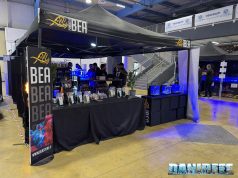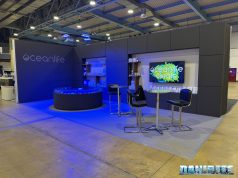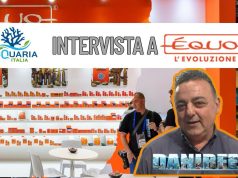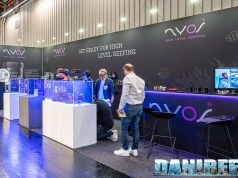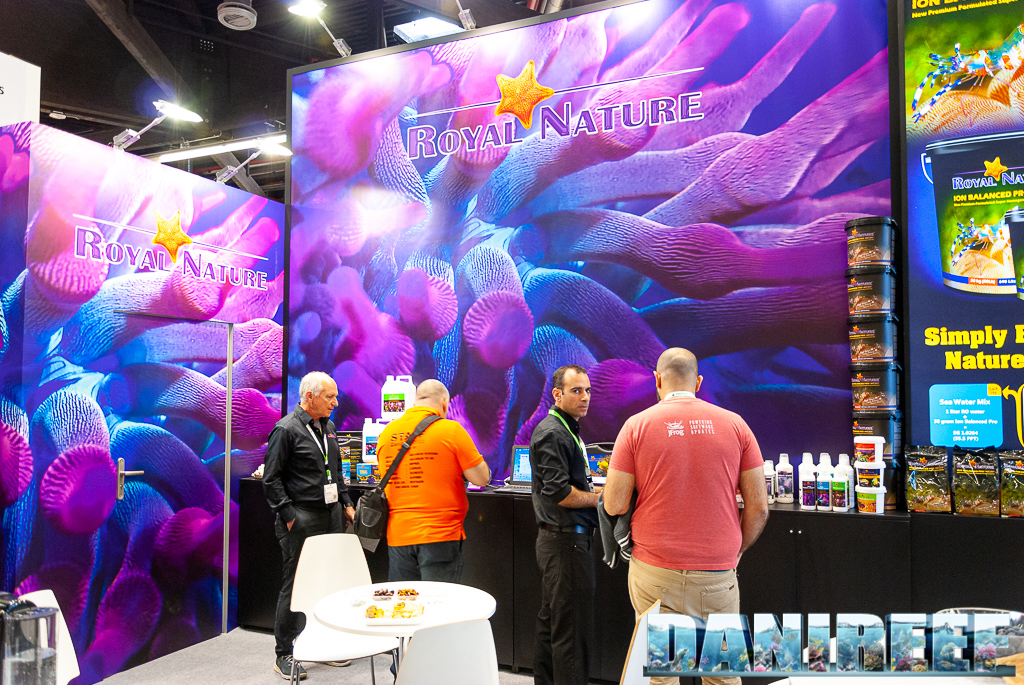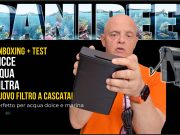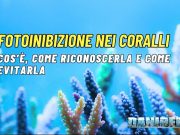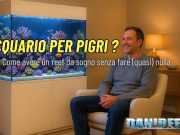The Trial
The Reverse Osmosis (RO) water used was made by the Aqua1 75SX system, you can read the review about it here (italian version).
We tested several times during these months, starting from extremely pure water with a TDS between 0 and 1. We only considered those values from a starting water with zero TDS, or with zero values of all parameters: calcium, magnesium, carbonate hardness or kH, nitrate and phosphate, all tested with Elos kits.
To reduce errors we considered a 50 litres container filled with 40 l of water, we then used our preferred methodology also described in the book Acquario Marino and in our article on in-depth analysis of salinity. This methodology provides that 40 grams of salt should be added for every litre of water, in this case 1600 grams of salt for 40 litres of water.
We then kept the water moving for 48 hours using a 1200l/h water moving pump. 48 hours are an optimum time to ensure all the chemical reactions take place and the salt stabilizes itself.
After 48 hours we found that we didn’t need to top off with RO water, probably water evaporation balanced off the salinity.
To obtain the 35‰, the 35 grams per litre on the Equo guideline are an underestimate.
Measurements
Like we said, we measured the salinity after 48 hours to verify that it was at 35‰.
The value obtained can be explained by the evaporation rate, but also because the salt could have adsorbed some humidity, resulting in a heavier measured weight. It could be interesting to follow the same procedure with the sealed aluminum bag, where there would be no humidity residual.
Just like AquaForest Reef Salt, I never needed to add water at the end of the process. This can be explained only by the salt resulting heavier as a consequence of humidity adsorbed.
I also tested the redox potential each time before a water change. It always was between 400 and 450, an overall optimal value.
A perfect water to add into the tank. Before doing so, we obviously measured all the other values we could.
- Calcium = 430 ppm
- Carbonates = 7,5
- Magnesium = 1400
- Nitrate = 0
- Phosphate = 0,012
After 24 hours there was no trace of elements still in suspension, equally after 48 hours the water in the container was perfectly clear, sign of an excellent blend.
The measured values above are those relevant to the last water change, which I reported. I actually measured them for each water change, and I can assure that they were always in the range accepted.
Comparing them with the values stated by Equo, we can see that they match for the calcium: 430 against the 430-450 and magnesium: 1400 against the 1400-1450, while they are slightly lower for the carbonate hardness: 7.5 against the 8-12 declared.
They are overall positive values matching those reported by the company, aside from the density result, where we need to use a bit more salt to obtain it.
The basic feature of this salt is its components load, which makes it optimal for SPS dedicated tanks, but also for fish-only aquariums that lack specific elements integration.
Observations on Animals
I never had any problem in the 20 times I used this salt for a water change. The animals were never bothered, like it often happens when we change salt or water. This gives me the idea of a delicate, non-aggressive salt.
I want to underline the importance of waiting 48 hours minimum for mixing, to let the salt dissolve completely and lose its potential aggressiveness.
From the tank point of view, all aspects of the salt had a positive outcome, and this is the most important part of the trial regardless the measured values. In fact we can correct those values, while it would be difficult to deal with a negative response by corals.
Animals showed no sign of stress, they remained opened showing their polyps like nothing happened.
Conclusions
We really liked Equo‘s Essenza Reef, and we consider it a good salt to use in a SPS dedicated tank, seen the optimal corals response and the measured values.
The only flaw was the high humidity in the salt itself found in the bucket format (this should probably be absent in the bag packages) which requires a slightly bigger dose comparing it to other products, passing from the 37 grams usually needed to the 40 grams necessary for this salt in particular.
PRO
![]() Measured Values
Measured Values
![]() Positive Animals Response
Positive Animals Response
CONTRO
![]() Humidity Level in the Package
Humidity Level in the Package
Sale Equo Essenza Reef
| Manufacture Quality | |
| Quality | |
| Quality/Price Relationship |
We think this salt has passed our test with really good results, and we strongly recommend it.










